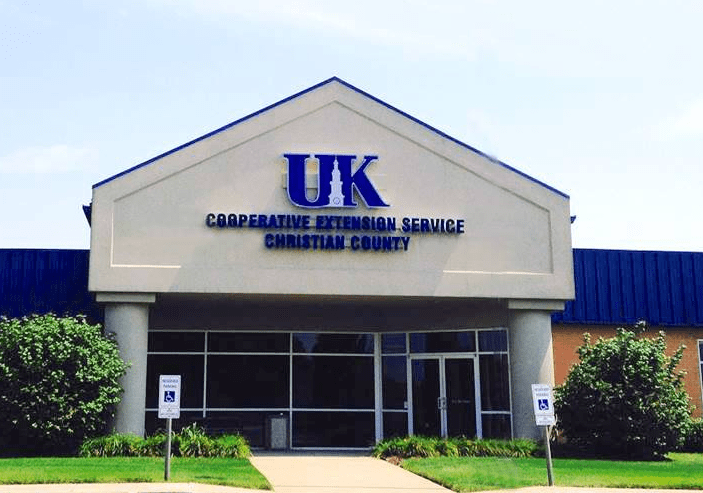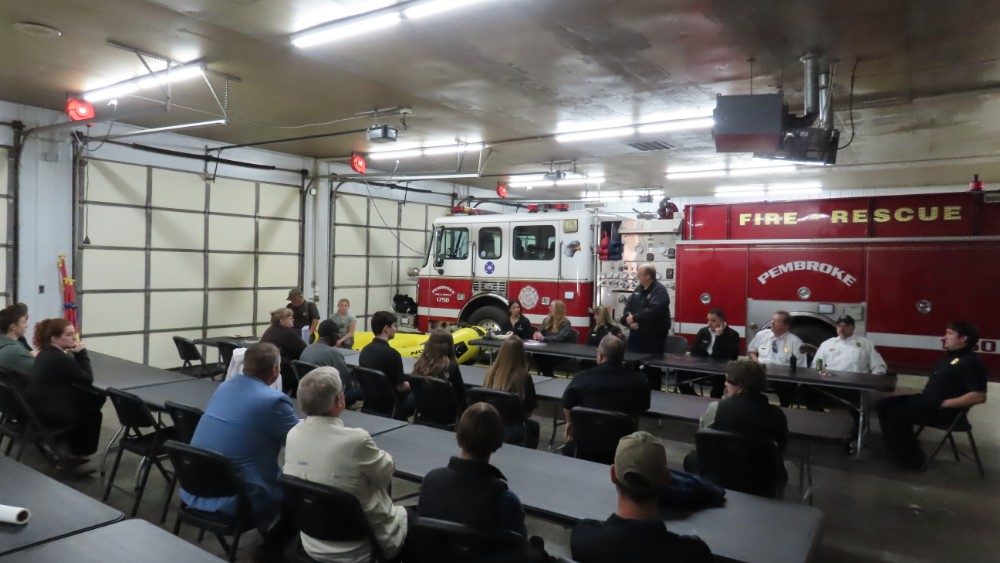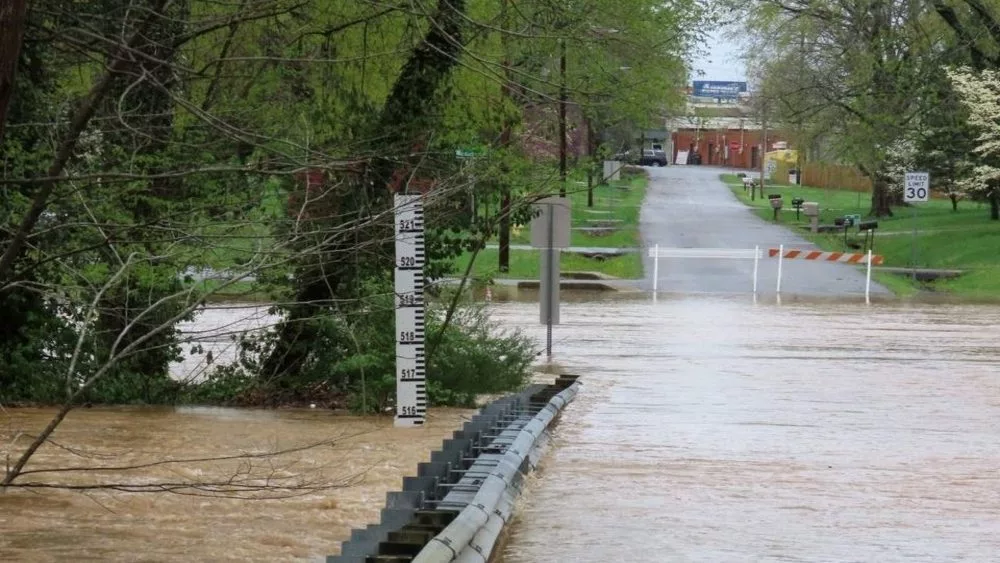Generally speaking, people tend to be impatient. We like fast food, we like tv on-demand, some even like instant mashed potatoes. When it comes to landscaping, we expect newly planted to trees to become big shade trees in just a year or two. And while a few trees are rapid growers, they often come with problems that are not fully considered.
Fast-growing trees have a shorter life-span. Weak and brittle wood is one reason. Trees that grow rapidly develop branches with weak attachment to the trunk. Storms and wind or heavy snow loads stress these connections to the point where they can break. Once one of these branches break, much of the tree canopy is lost also. Those trunk wounds are typically too large to heal and pathogens causing decay will find easy access to the tree.
Many fast-growing trees require a lot of growing space both above and below ground. Because many homes today are on smaller lots, this space is limited, and trees quickly become problems. They may receive damaging tree topping because they are crowding the roof line and gutters or overhead powerlines. Or else they start to decline because their roots have spread too far into streets or driveways damaging those structures and hastening the removal of the tree.
In the end, the quick shade that was desired cannot be sustained over a long period. Decline from brittle wood and lack of space and even pest issues can limit their life span to just 20 to 30 years. Carefully consider any tree before you plant to determine if their shorter-term faster growth is acceptable compared to their potential problems. The following is a list of trees with known issues you might be better off to avoid.
Bradford Pear: Short-lived tree (less than 25 years); branches break easily in storms causing major damage to the crown
Silver Maple: Large tree with weak wood; much too large for most home landscapes; surface roots are a major problem to sidewalks and mowing
Weeping Willow: Frequent limb breakage; short-lived (30 years); aggressive roots damage irrigation lines, sewer lines, and septic system fields
Ash: Although a beautiful native tree it often grows with a forked trunk leading to wide crowns susceptible to wind and ice damage; Emerald Ash Borer (not yet found in Christian County), for which there is no control, also makes it a questionable tree for our area
Pin Oak: Fast-growing (for an oak); suffers from foliar chlorosis (yellowing) on poor soils; highly vulnerable to ice damage; often overgrows its space; oak gall shortens its life span considerably
Leyland Cypress: Rapid growing large evergreen; shortened life span due to canker diseases; very prone to bagworms





